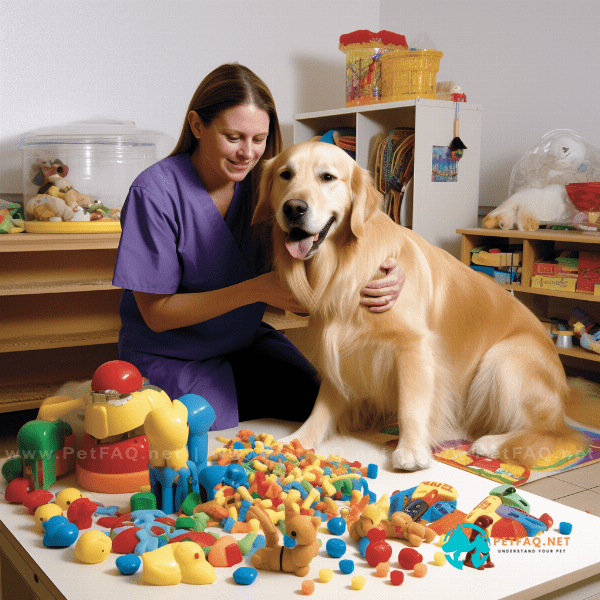Table of Contents
- Understanding the Role of Police Dogs in Law Enforcement
- Selecting and Evaluating Potential Police Dogs
- Basic Training for Police Dogs
- Advanced Training Techniques for Police Dogs
- Scent Detection Training for Police Dogs
- Building Strong Relationships between Police Dogs and Handlers
- Maintaining the Health and Well-Being of Police Dogs
- Legal Considerations for Using Police Dogs in Law Enforcement
- Troubleshooting Common Challenges in Police Dog Training
- Evaluating the Effectiveness of Police Dog Training Programs
Understanding the Role of Police Dogs in Law Enforcement
Police dogs have been used in law enforcement for centuries, providing valuable support to officers in a variety of tasks. From tracking down suspects to detecting drugs and explosives, police dogs are highly skilled and valuable members of any law enforcement team. However, police Dog Training is a highly specialized field that requires a great deal of skill, knowledge, and patience.
One of the primary roles of police dogs is to assist officers in tracking down suspects. Through extensive training, police dogs are able to track the scent of individuals across a variety of terrains, including urban areas, forests, and even bodies of water. This ability can be invaluable in helping officers quickly locate suspects who may be hiding or attempting to evade capture.
Another key role of police dogs is to assist in the detection of drugs and explosives. Police dogs are trained to recognize the scent of a wide range of substances, and can quickly and accurately identify the presence of drugs or explosives in a given area. This ability can be particularly useful in situations where a potential threat may exist, such as at airports or other high-security locations.
In addition to their more traditional roles, police dogs can also be used to provide support in a variety of other ways. For example, some police dogs are trained to provide assistance to individuals with disabilities, such as those who are visually impaired. These dogs can provide invaluable support to individuals who may have difficulty navigating their surroundings on their own.
Overall, Police Dog Training is a highly specialized field that requires a great deal of dedication and skill. However, the benefits of a well-trained police dog can be immense, providing officers with valuable support and assistance in a variety of situations.
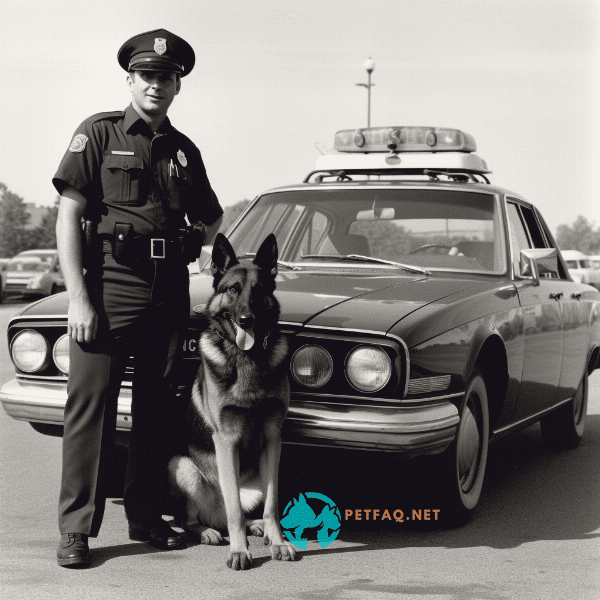
Selecting and Evaluating Potential Police Dogs
Selecting and evaluating potential police dogs is a critical aspect of police dog training. It is essential to choose dogs that possess the necessary physical and behavioral characteristics to perform the tasks required of them.
One important characteristic to consider when selecting a potential police dog is its physical condition. Police dogs must be in excellent physical health, with no underlying medical conditions that could prevent them from performing their duties. They must also be of an appropriate size and breed for the tasks they will be performing, such as tracking or detecting drugs and explosives.
In addition to physical condition, it is also important to evaluate a dog’s temperament and behavior. Police dogs must be highly trainable and responsive to their handlers’ commands, while also possessing a strong work ethic and desire to please. They must be able to remain focused on their tasks even in highly stressful or chaotic situations.
When evaluating potential police dogs, it is important to work with experienced trainers who can assess the dogs’ physical and behavioral characteristics. This may involve conducting a series of tests and exercises to evaluate the dogs’ tracking ability, scent detection skills, and obedience to commands.
Ultimately, selecting and evaluating potential police dogs is a crucial step in police dog training. By choosing dogs that possess the necessary physical and behavioral characteristics, trainers can set them up for success and ensure that they are able to perform their duties to the best of their abilities.
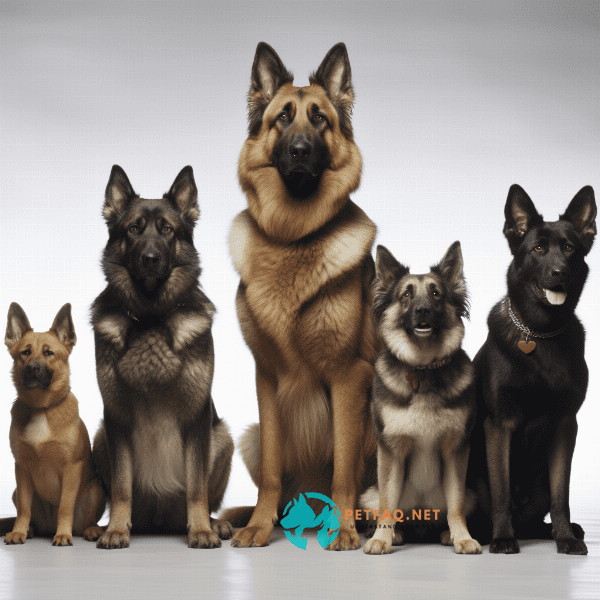
Basic Training for Police Dogs
Basic training for police dogs is an essential component of police dog training. This training provides dogs with the foundational skills they need to perform their duties effectively and safely.
One of the key components of basic training for police dogs is obedience training. This involves teaching dogs to respond to basic commands, such as sit, stay, and come. Obedience training is essential for ensuring that police dogs are able to follow their handlers’ commands in high-pressure situations, such as during a pursuit or when detecting the presence of drugs or explosives.
Another important aspect of basic police dog training is tracking. Police dogs are trained to follow the scent of individuals across a variety of terrains, including urban areas and forests. This training involves teaching dogs to identify and follow scent trails, as well as to alert their handlers when they have located a suspect.
Overall, basic training for police dogs is a critical aspect of police dog training. By providing dogs with the foundational skills they need to perform their duties effectively and safely, trainers can ensure that they are able to work effectively with their handlers and provide valuable support to law enforcement agencies.
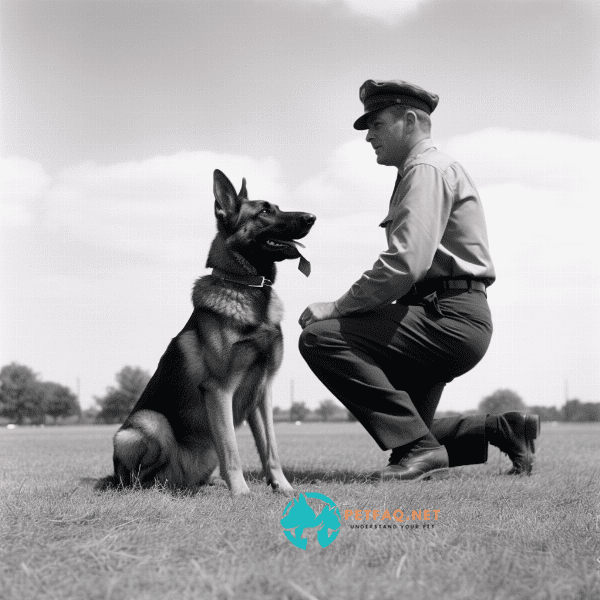
Advanced Training Techniques for Police Dogs
Advanced training techniques are used in police dog training to further develop the skills and abilities of dogs. These techniques are designed to provide dogs with the ability to perform more complex tasks, and to respond to a wider range of situations.
One of the key areas of advanced training for police dogs is agility training. This involves teaching dogs to navigate complex obstacle courses and to move quickly and efficiently in a variety of environments. Agility training is essential for ensuring that police dogs are able to move quickly and effectively in situations where speed and agility are critical, such as during a chase.
Another important area of advanced training for police dogs is advanced scent detection training. Dogs are trained to detect and identify the scents of a wider range of substances, including firearms and other weapons. This training involves teaching dogs to identify the unique scent signatures of these substances, and to alert their handlers when they have located them.
Advanced obedience training is also an important aspect of police dog training. This involves teaching dogs to respond to more complex commands, and to work more effectively in high-pressure situations. Dogs may be trained to respond to hand signals or to work off-leash, allowing them to work more independently in a wider range of situations.
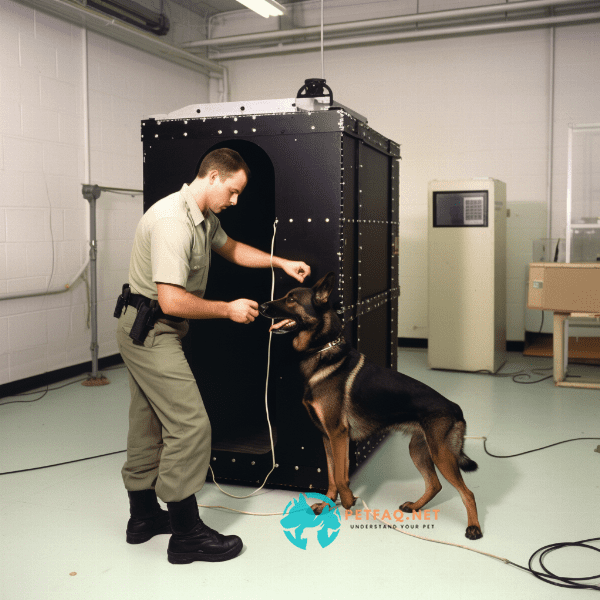
Scent Detection Training for Police Dogs
Scent detection training is an essential component of police dog training, particularly for dogs that will be involved in detecting drugs, explosives, or other substances. This training involves teaching dogs to recognize and identify the unique scent signatures of these substances, and to alert their handlers when they have located them.
One of the key components of scent detection training is imprinting. This involves exposing dogs to the scents of various substances from a young age, and teaching them to recognize and associate these scents with a positive reward, such as a treat or a toy. Imprinting is essential for ensuring that dogs are able to identify the scents of these substances quickly and accurately.
Another important aspect of scent detection training is target recognition. This involves teaching dogs to identify the specific scent signatures of different substances, and to differentiate between similar scents. For example, dogs may be trained to differentiate between different types of drugs or explosives, and to recognize the scent of these substances even in the presence of other odors.
Scent detection training also involves teaching dogs to alert their handlers when they have located a substance. Dogs may be trained to sit or lie down when they have detected a substance, or to scratch or paw at the location where the substance is located. This alert behavior is essential for ensuring that handlers are able to locate and safely remove the substance.
Overall, scent detection training is a critical aspect of police dog training. By providing dogs with the ability to recognize and identify the scents of various substances, trainers can ensure that they are able to provide valuable support to law enforcement agencies in a variety of situations.
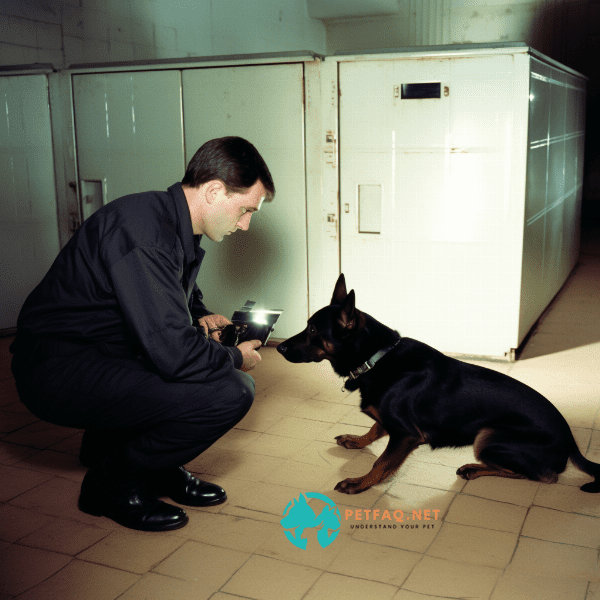
Building Strong Relationships between Police Dogs and Handlers
One of the key components of building a strong relationship between a police dog and its handler is positive reinforcement training. This involves rewarding the dog for good behavior, such as following commands or performing tasks effectively. Positive reinforcement training can help to build trust and confidence between the dog and its handler, and can help to ensure that the dog remains motivated and engaged in its work.
Consistent training is also important for building a strong relationship between a police dog and its handler. Dogs thrive on routine and predictability, and consistent training can help to establish a clear set of expectations for the dog’s behavior. Consistent training can also help to ensure that the dog is able to perform its duties effectively in a variety of situations.
Spending time with a police dog outside of training and work can also help to build a strong relationship between the dog and its handler. This can involve playing with the dog, going for walks together, or simply spending time together in a relaxed setting. These activities can help to build a bond of trust and mutual respect between the dog and its handler.
Overall, building a strong relationship between a police dog and its handler is essential for effective police dog training. By providing positive reinforcement, consistent training, and spending time together outside of work, handlers can help to ensure that their dogs are able to perform their duties effectively, and can also help to create a strong and lasting bond between themselves and their canine partners.
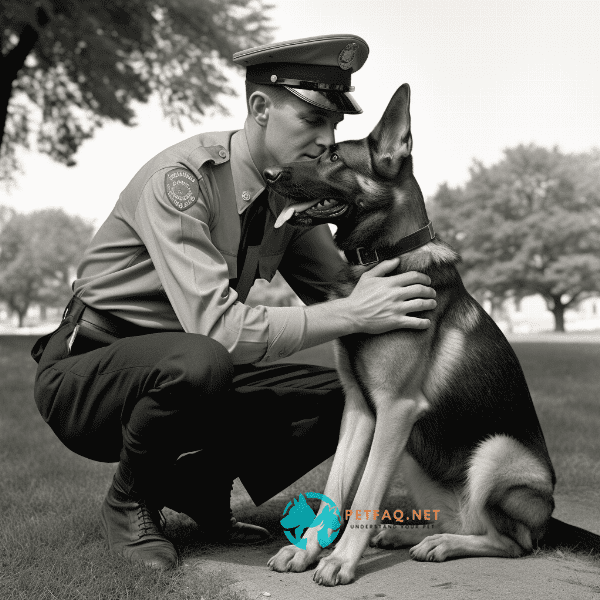
Maintaining the Health and Well-Being of Police Dogs
Maintaining the health and well-being of police dogs is essential for ensuring that they are able to perform their duties effectively and safely. This involves a range of measures, including providing proper nutrition, exercise, and veterinary care.
One of the key components of maintaining the health and well-being of police dogs is providing them with a balanced and nutritious diet. Police dogs have high energy requirements and require a diet that is high in protein and fat. It is important to work with a veterinarian or animal nutritionist to develop a diet that meets the specific needs of each individual dog.
Regular exercise is also essential for maintaining the health and well-being of police dogs. Dogs that are involved in law enforcement activities require regular physical activity to maintain their strength and stamina. This can involve activities such as running, playing fetch, or participating in agility training.
Regular veterinary care is also critical for maintaining the health and well-being of police dogs. Dogs should receive regular check-ups, vaccinations, and preventative care, as well as treatment for any injuries or illnesses that may arise.
It is also important to provide police dogs with a comfortable and safe living environment. Dogs should have access to clean water, a comfortable place to sleep, and a safe and secure area to exercise and play. Handlers should also be aware of the risks of heat stroke and take steps to ensure that dogs are kept cool and hydrated in hot weather.
Overall, maintaining the health and well-being of police dogs is essential for ensuring that they are able to perform their duties effectively and safely. By providing proper nutrition, exercise, and veterinary care, handlers can help to ensure that their dogs are able to perform at their best, and can also help to ensure that they are able to enjoy long and healthy lives.
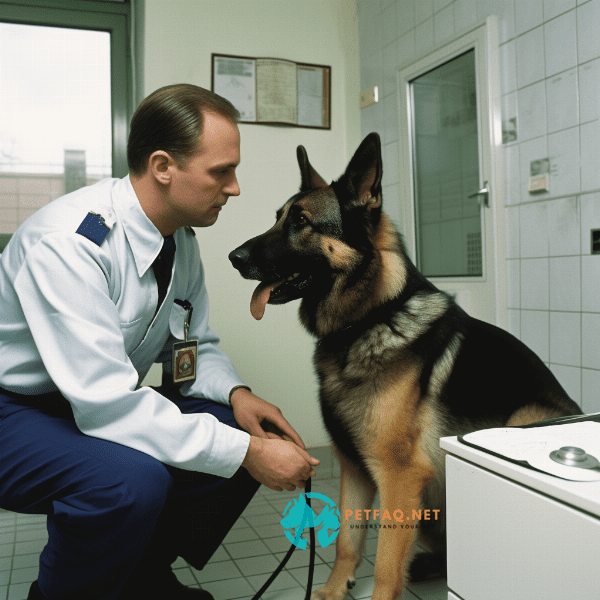
Legal Considerations for Using Police Dogs in Law Enforcement
One important legal consideration is the use of force. Police dogs are considered to be a use of force, and their use must be reasonable and necessary in order to comply with constitutional standards. Handlers and law enforcement agencies must ensure that the use of police dogs is proportionate to the situation and that it does not violate the rights of suspects or other individuals.
Another important legal consideration is the training and certification of police dogs. Police dogs must be trained to meet specific standards and must be certified by a recognized organization. This ensures that police dogs are able to perform their duties effectively and safely, and that their use is legally defensible.
The use of police dogs is also subject to regulations regarding animal welfare. Handlers and law enforcement agencies must ensure that police dogs are treated with respect and that their health and well-being are maintained. This may include providing proper nutrition, exercise, and veterinary care, as well as providing a comfortable and safe living environment.
Finally, the use of police dogs is subject to liability considerations. Handlers and law enforcement agencies may be held liable for any injuries or damages caused by police dogs, and must take steps to ensure that the use of police dogs is safe and appropriate.
Overall, the use of police dogs in law enforcement is subject to a number of legal considerations. Handlers and law enforcement agencies must be aware of these considerations in order to ensure that the use of police dogs is legal, ethical, and effective.
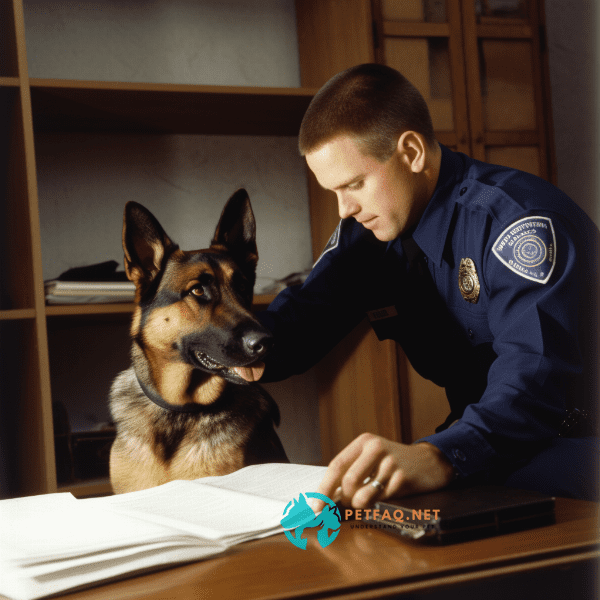
Troubleshooting Common Challenges in Police Dog Training
Police dog training can be a challenging and complex process, and handlers may encounter a range of issues and challenges along the way. However, with the right approach and techniques, these challenges can be overcome.
One common challenge in police dog training is maintaining focus and motivation. Dogs may become distracted or lose interest in their training, which can make it difficult to maintain their skills and abilities. Handlers can address this challenge by using positive reinforcement techniques, such as providing rewards or praise for good behavior.
Another common challenge is dealing with aggression or excessive excitement in dogs. Police dogs are trained to be highly responsive to their handlers, but may become overly excited or aggressive in certain situations. Handlers can address this challenge by providing consistent training and establishing clear boundaries for their dogs.
Training dogs to work effectively in a variety of situations can also be a challenge. Dogs may struggle to adapt to new environments or may have difficulty responding to commands in high-pressure situations. Handlers can address this challenge by providing consistent training and exposing dogs to a variety of situations in a controlled environment.
Finally, maintaining the health and well-being of police dogs can also be a challenge. Dogs may be at risk for injuries or illnesses, and may require specialized veterinary care. Handlers can address this challenge by providing regular veterinary care and ensuring that dogs are provided with a safe and comfortable living environment.
Overall, troubleshooting common challenges in police dog training requires a flexible and adaptable approach. Handlers must be able to identify the specific challenges that their dogs are facing, and develop strategies to overcome them. By providing consistent training, positive reinforcement, and specialized care, handlers can help to ensure that their dogs are able to perform their duties effectively and safely.
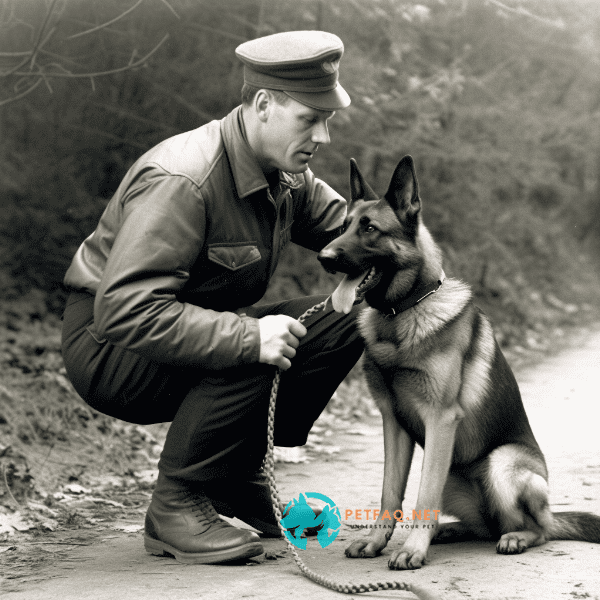
Evaluating the Effectiveness of Police Dog Training Programs
Evaluating the effectiveness of police dog training programs is critical for ensuring that these programs are able to meet the needs of law enforcement agencies and provide effective support to officers and investigators.
One important aspect of evaluating police dog training programs is assessing the dogs’ performance in the field. This may involve monitoring the dogs’ success rates in detecting drugs or explosives, or evaluating their ability to track suspects or locate missing individuals. By tracking the dogs’ performance in real-world situations, trainers and law enforcement agencies can assess the effectiveness of the training program and identify areas for improvement.
Another important aspect of evaluating police dog training programs is assessing the dogs’ physical and behavioral health. Dogs must be in excellent physical condition in order to perform their duties effectively, and must also possess the appropriate temperament and behavior traits. By monitoring the dogs’ health and behavior, trainers and law enforcement agencies can identify any issues that may be impacting their performance in the field.
Finally, evaluating the effectiveness of police dog training programs may also involve assessing the program’s overall structure and methodology. Trainers and law enforcement agencies may evaluate the training curriculum, the qualifications of the trainers, and the overall training environment. By identifying areas for improvement, trainers and law enforcement agencies can refine their training programs and ensure that they are providing the best possible support to officers and investigators.
Overall, evaluating the effectiveness of police dog training programs is critical for ensuring that these programs are able to meet the needs of law enforcement agencies and provide effective support to officers and investigators. By assessing the dogs’ performance in the field, monitoring their health and behavior, and evaluating the overall training program, trainers and law enforcement agencies can identify areas for improvement and ensure that police dogs are able to perform their duties effectively and safely.
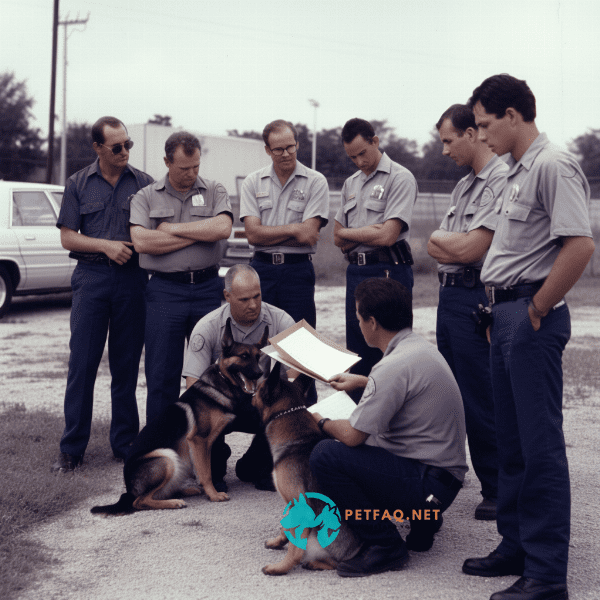
Frequently Asked Questions (FAQs) about Police dog training:
1. What kind of physical and mental training do police dogs undergo to become proficient in their work?2. How are police dogs trained to apprehend suspects without causing harm or injury?
3. How are police dogs trained to respond to various types of emergency situations?
4. What is the process for selecting a dog for police training?
5. What is the cost of police dog training?


